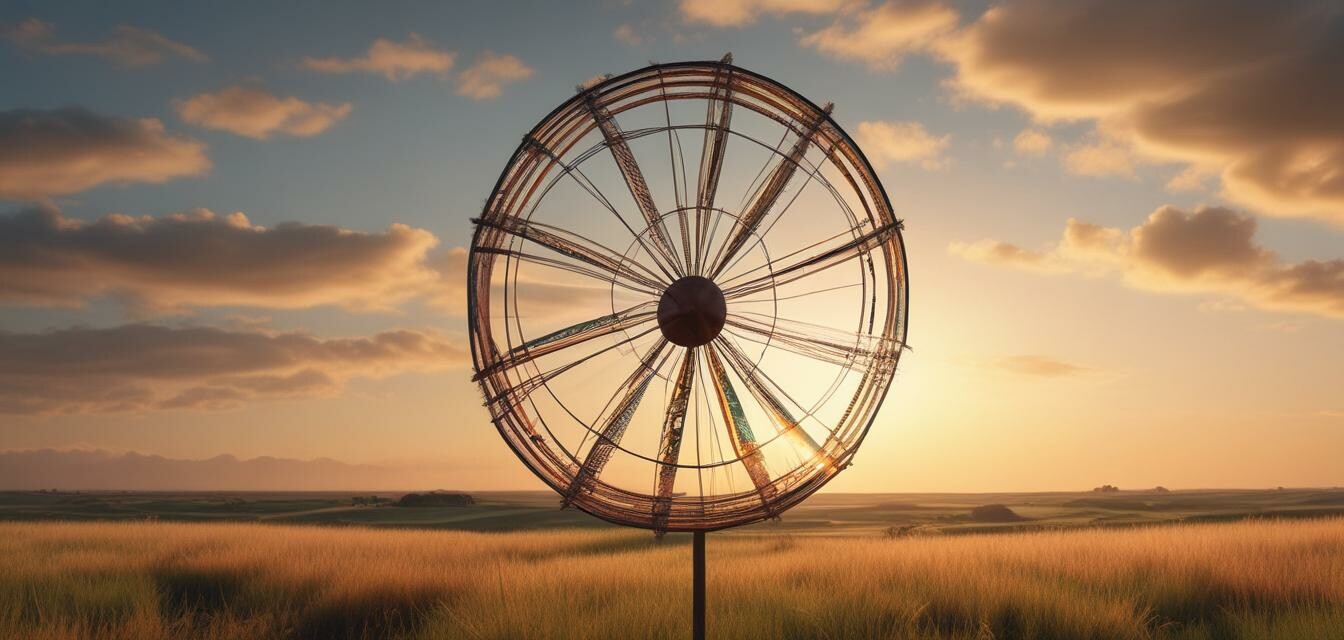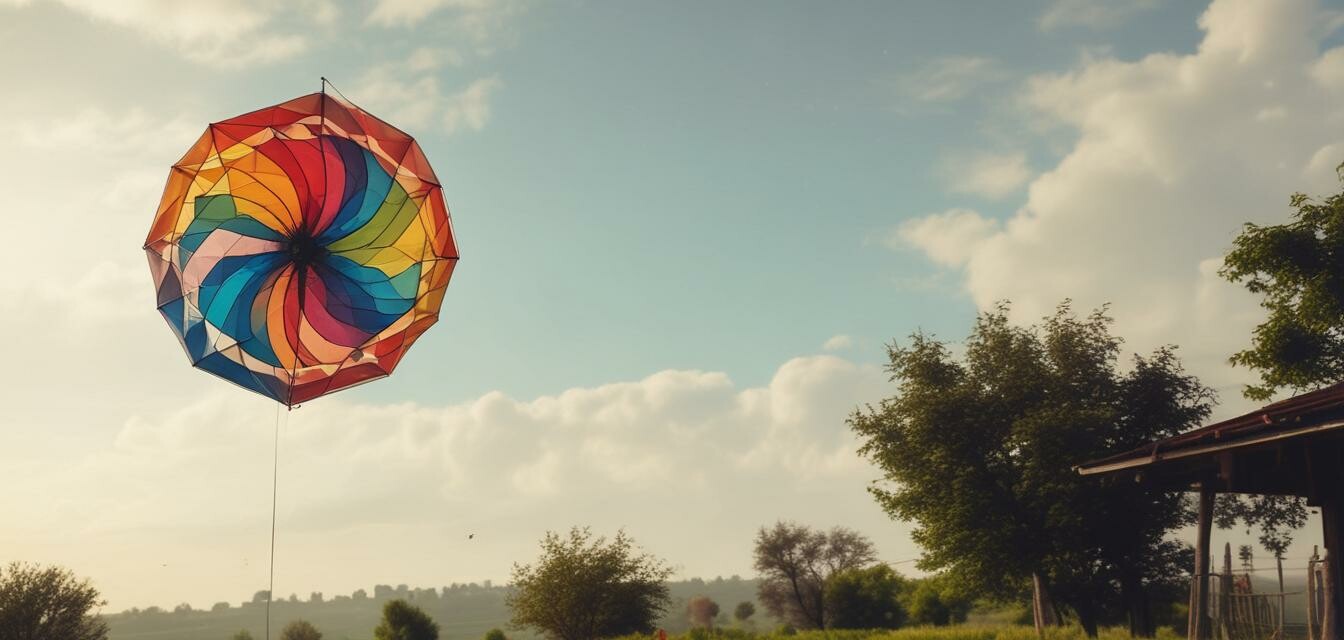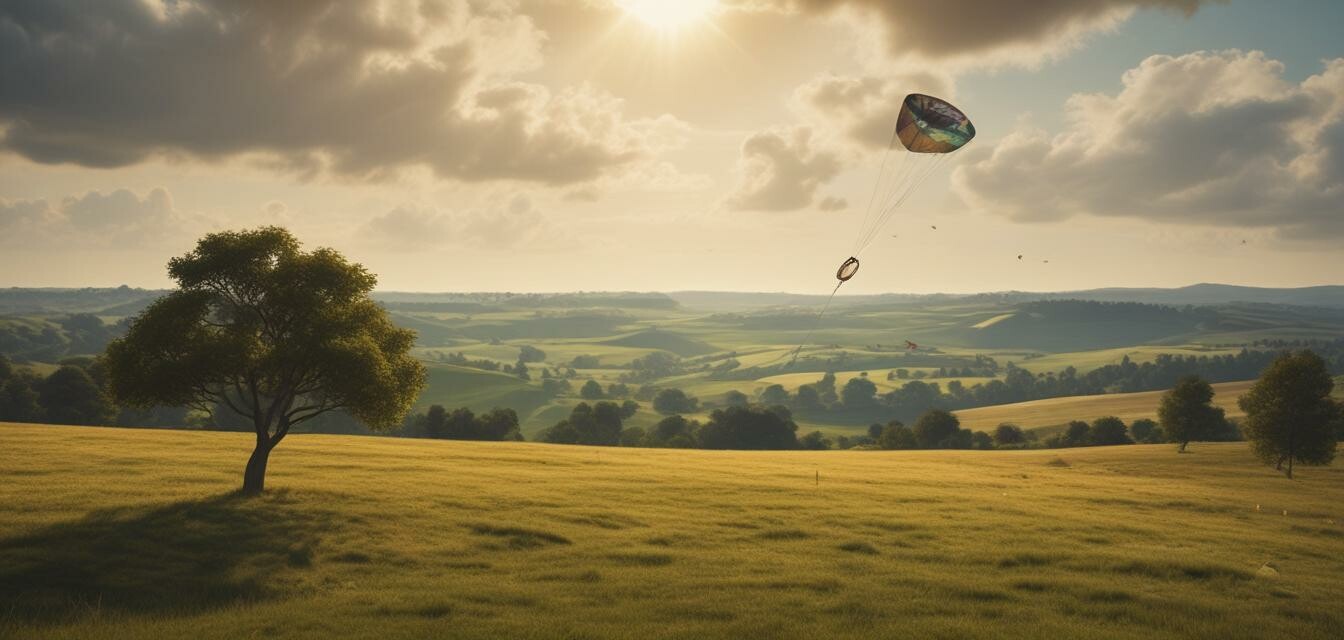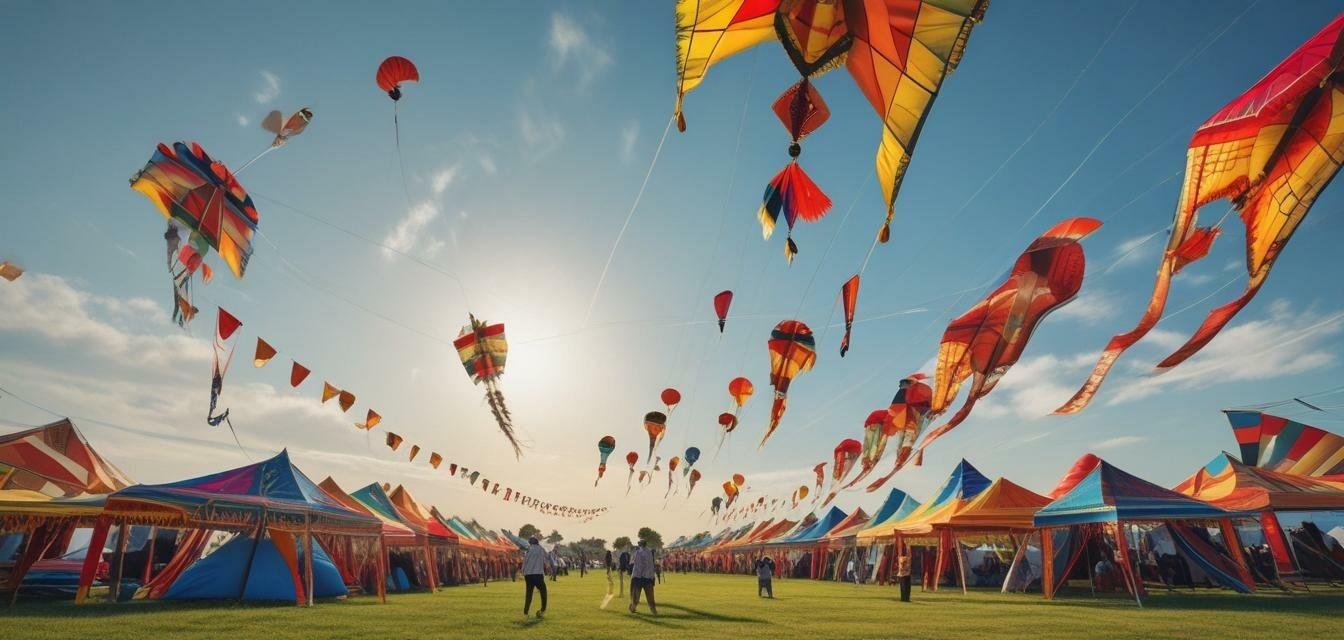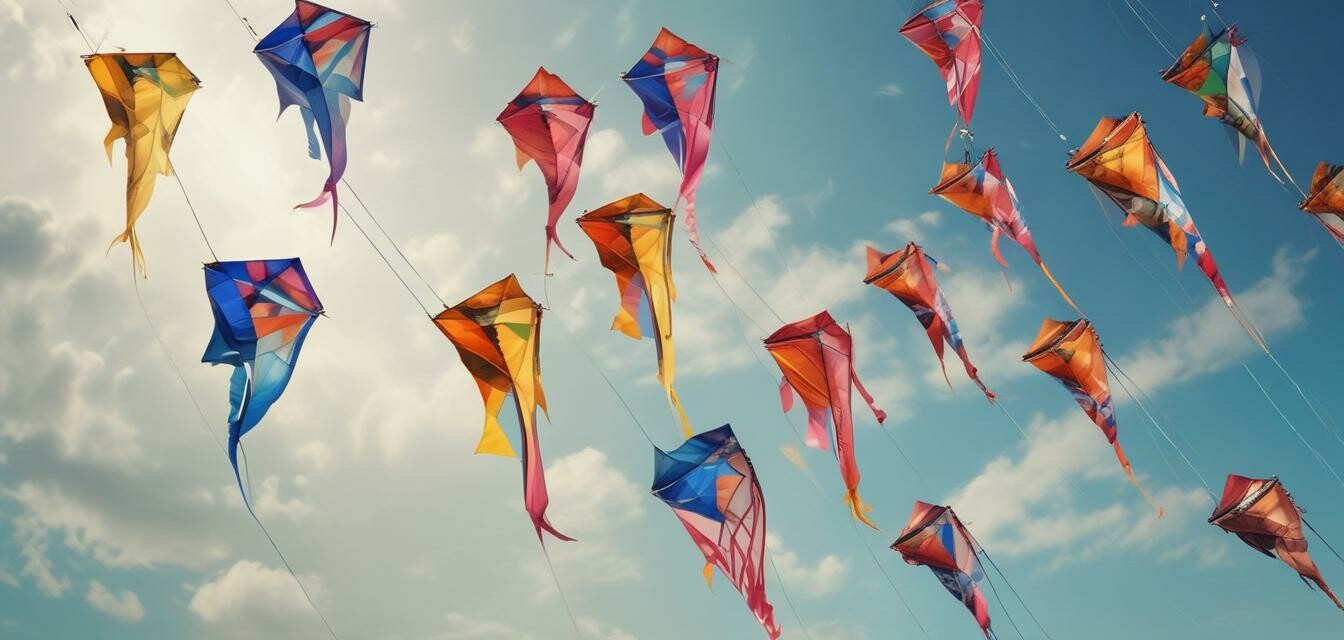
Types of Kites
Are you ready to take your kite-flying experience to new heights? With so many types of kites available, it can be overwhelming to choose the right one. In this article, we'll explore different designs, sizes, and materials of kites suitable for both beginners and professionals.
Key Takeaways
- Delta kites are great for beginners and offer stability and ease of control.
- Dragon kites are perfect for professionals who want to showcase their skills.
- Box kites are ideal for strong winds and offer a stable flight.
- Wind spinners are a great addition to any kite collection.
Types of Kites
There are many types of kites, each with its unique features, advantages, and disadvantages. Here are some of the most popular types of kites:
| Kite Type | Description | Advantages | Disadvantages |
|---|---|---|---|
| Delta Kites | Triangular shape with a wide wing span | Stable, easy to control, and great for beginners | May not be as maneuverable as other kites |
| Dragon Kites | Large, elaborate designs with intricate details | Impressive appearance, great for professionals | Difficult to assemble, may require expertise |
| Box Kites | Rectangular shape with a flat bottom | Stable, great for strong winds, and easy to launch | May not be as agile as other kites |
| Stunt Kites | Small, agile kites with a narrow wing span | Highly maneuverable, great for tricks and stunts | Requires expertise, may be difficult to control |
Kite Materials
Kites can be made from a variety of materials, each with its own advantages and disadvantages. Here are some common kite materials:
- Nylon: Durable, water-resistant, and easy to clean.
- Polyester: Lightweight, strong, and affordable.
- Dacron: Heavy-duty, durable, and ideal for large kites.
- Ripstop Nylon: Lightweight, durable, and resistant to tears.

Kite Sizes
Kites come in a range of sizes, from small stunt kites to large dragon kites. Here are some common kite sizes:
| Kite Size | Description |
|---|---|
| Small (1-2 ft) | Perfect for indoor flying, small spaces, and beginners. |
| Medium (2-4 ft) | Ideal for outdoor flying, parks, and beaches. |
| Large (4-6 ft) | Suitable for strong winds, open spaces, and experienced flyers. |
| Extra Large (6+ ft) | Perfect for professionals, large events, and dramatic displays. |

Wind Spinners
Wind spinners are a great addition to any kite collection. They add an extra element of fun and excitement to your flying experience.
Check out our Wind Spinners collection to find the perfect addition to your kite collection.

Pros
- Wind spinners add an extra element of fun to your kite-flying experience.
- They come in a variety of shapes, sizes, and materials.
- Wind spinners are easy to assemble and maintain.
Cons
- Wind spinners may not be suitable for strong winds.
- They can be fragile and prone to damage.
- Wind spinners may require additional maintenance.
Conclusion
With so many types of kites available, it's essential to choose the right one for your needs and skill level. Whether you're a beginner or a professional, there's a kite out there for you. Remember to consider the material, size, and design of your kite before making a purchase.
Check out our Kid's Kite Collections and Kite Accessories to find the perfect kite for you.
